Shocking facts about Skylab Crash that blow your mind !
Shocking facts about Skylab Crash that blow your mind !
Updated on August 16, 2022 09:10 AM by Ella Bina
Skylab was America's first space station. It was launched back in the year 1973 US space agency NASA. The Skylab had an Apollo command and service module (CMS), a solar observatory, a workshop, and several hundred physical and life sciences experiments. The space station was launched into low Earth orbit with the help of a Saturn V rocket. It had three missions, and each mission had three crew members. So, in total, there were nine crew members. The station was in operation for 171 days and orbited 34,981 times. It eventually decayed in the atmosphere in 1979, scattering its debris across Western Australia and the Indian Ocean. The following are the shocking facts about Skylab Crash that blow your mind !
Skylab could go up but couldn’t come down
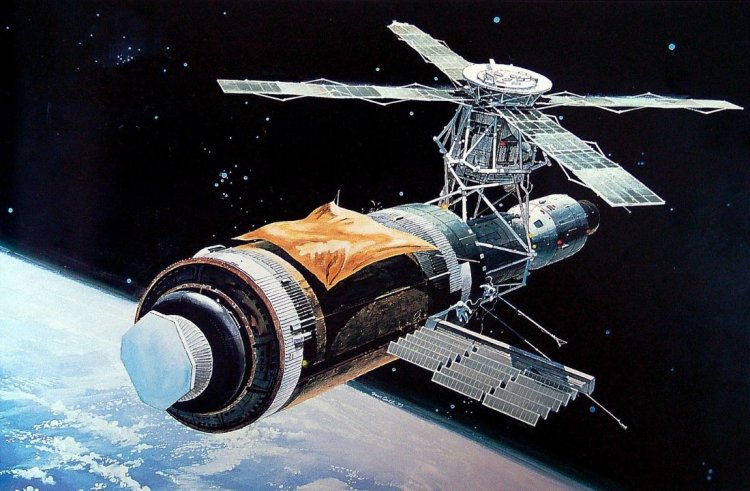
The space station called Skylab was designed to be an orbiting workshop for scientific research matters like the impact of weightlessness on the human body over a long period. as this project represented the next step in deeper space exploration, NASA was successful in putting the Skylab into the orbit. However, it was miserable that the space agency spent far low resources in terms of time and energy than what was required to get the space station back on Earth once it was done with the mission.
Although NASA gave only nine years of life to the Skylab yet, NASA failed to build any sort of navigation or control mechanism to bring it back to the terra firma. If they did so, it would have cost them too much, as claimed by Robert Frosch back then.
The loopholes in the preparation came to the surface in late 1978, as this was the time when NASA engineers found out that the orbit of the station was quickly decaying. This resulted in Skylab becoming a 77-ton loose cannon. As the news of the space station threatening out-of-control crash was out in public, both the public and Congress demanded answers from NASA regarding how they plan to prevent human casualties from looming disaster.
In response, NASA laid out a plan to rehabilitate the laboratory in the sky. The agency was supposed to use a new tool that was still in development – the space shuttle – to increase the orbit's operational life to approximately five more years. Following that, the station would continue to orbit just like a shell, similarly millions of tons of floating detritus now known as space junk.
There was a delay in the shuttle project because of the fund crunch and other chaos. So, NASA came up with a new plan. On July 11, 1979, as the Skylab was rapidly coming down from orbit, the NASA engineers fired the booster rockets of the station, sending it into a fall, hoping it would bring it down in the Indian Ocean. They were pretty close. Large chunks of the station did go into the Indian Ocean, but its parts were also littered in some areas of Western Australia. The good news is nobody was injured.
Skylab-inspired products and targets became the target
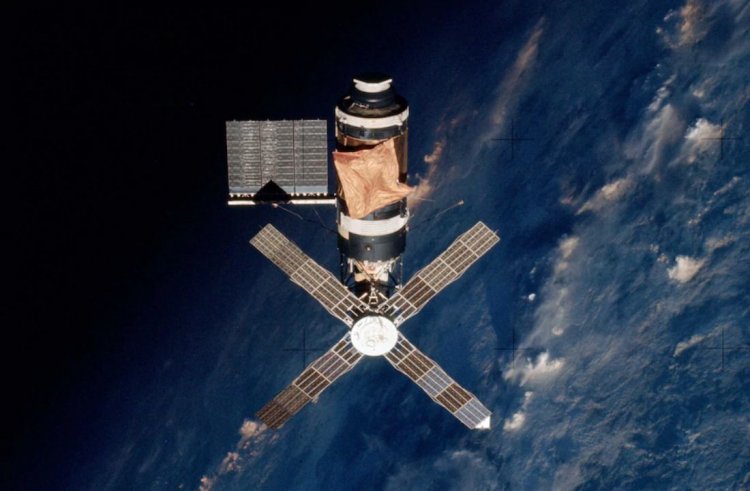
The Skylab's impending crash midway in the year 1979 coincided with the decreasing confidence of the Americans in their government. The economy's stagnation and a second oil crisis brought the Congress approval rating to a mere 19% that year. Maybe, that's why it is no surprise at all that people took a scornful view of Skylab's demise – a government project. The Associated Press reported various incidences of Skylab parties occurring throughout the United States.
Skylab Watchers and Gourmet Diners Society in St. Louis, Missouri, announced its plans to view the last orbit of the Skylab during a garden get-together. The hard hats or similar sort of protective head gears were mandatory during garden get-togethers. A local hotel in North Carolina declared itself an official Skylab crash zone and organized a poolside disco party. Making fun of NASA's inability to say where exactly Skylab would fall, businesses throughout the length and breadth of the US sold t-shirts with bullseyes on them. An entrepreneur took things to an all-new level as it sold Skylab repellant cans.
Add Block
Unusual safety measures in Europe and Asia
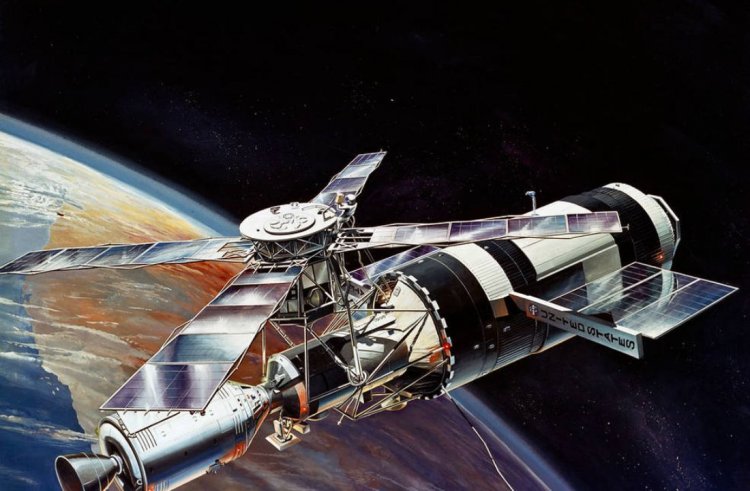
Although Americans made Skylab's unfortunate demise as an excuse to celebrate and party in the month of June in 1978, but people in other parts of the world were in no mood to take things on a lighter note. In the beginning, NASA couldn't tell the exact time or the location of Skylab would get down. However, NASA crafted a potential debris field spread around 7,400 kilometers across Australia and the Indian Ocean. However, people living beyond the debris field were also nervous.
In January 1978, a Soviet satellite's unforeseen fiery crash in northern Canada littered enriched uranium across a wide grassland area; people worldwide feared such a thing again with Skylab – although it had no radioactive element. There was hardly anyone who felt relaxed with the agency's statement that said the possibility of human injury was 1 in 152.
Crash profited an Australian youth
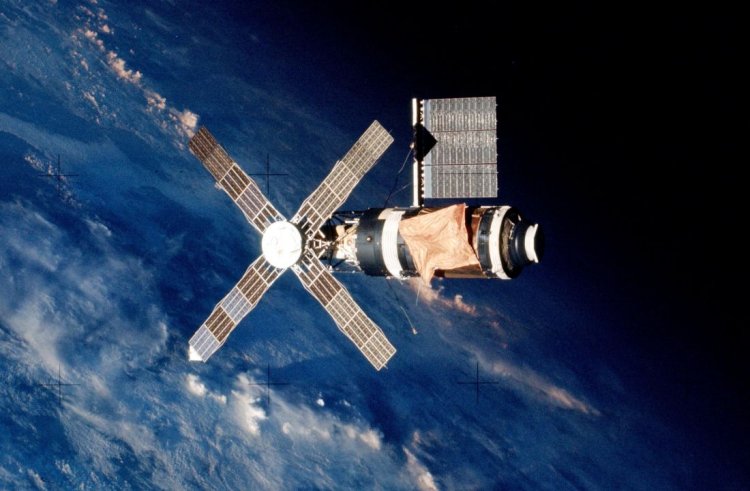
As the Skylab re-entry date approached, many American newspapers made jokes about Skylab insurance that would to pay subscribers for the injury or the death caused due to the fragments of the orbiter. The San Francisco Examiner kept a price of $10,000 for the first person who submitted a Skylab debris to their office for the duration of 72 hours after the crash. The orbiter wasn't coming anywhere near the US, so it was a safe bet for them.
It didn't think the news could go as far as Australia. In that part of the world, Stan Thornton, 17, woke up in a small Esperance to the information when Skylab broke into the atmosphere, and his house was full of fragments of the orbiter. He grabbed some chunks, hopped on the flight, and reached the newspaper's office before the deadline ended. The newspaper, without any fuss, paid the prize money.
Add Block
Best and biggest pieces aren’t in the United States
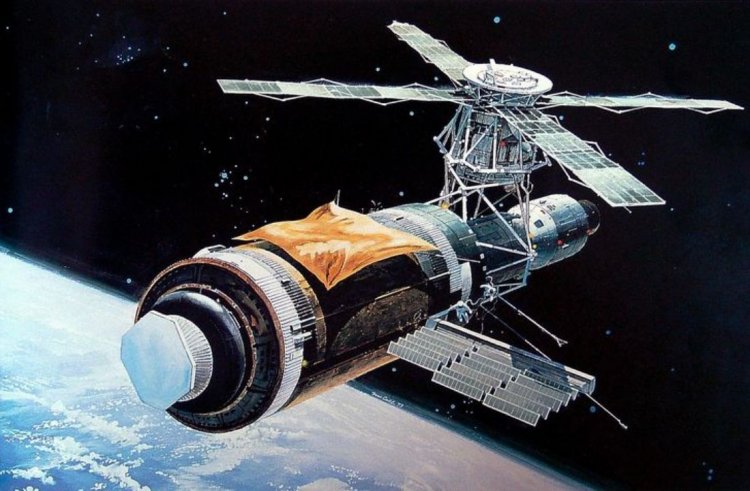
The United States museums have very few big pieces of the debris from the Skylab crash. Instead, space enthusiasts travel great distances to southwestern Australia, where various museums have the orbiting space laboratory's pieces. The Balladonia Museum has large pieces of sheet metal of the orbiter.
You can have a Skylab debris
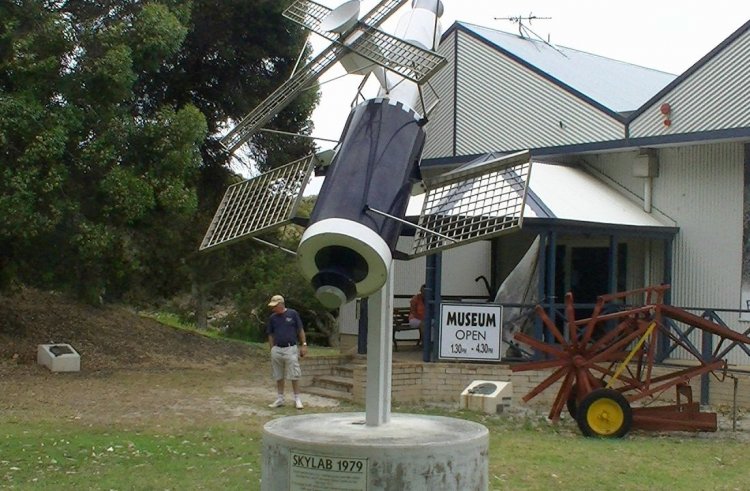
Though NASA, any sort of Skylab debris found today in the United States' property. But, the agency didn't claim the ownership back when the crash occurred. In fact, NASA officials working at the Marshall Space Flight Centre returned the pieces to the finders after verification. The US adopted a finders-keepers approach. Many Australians found the pieces but never reported them to the authorities. That's how people still have the pieces with them till now.





